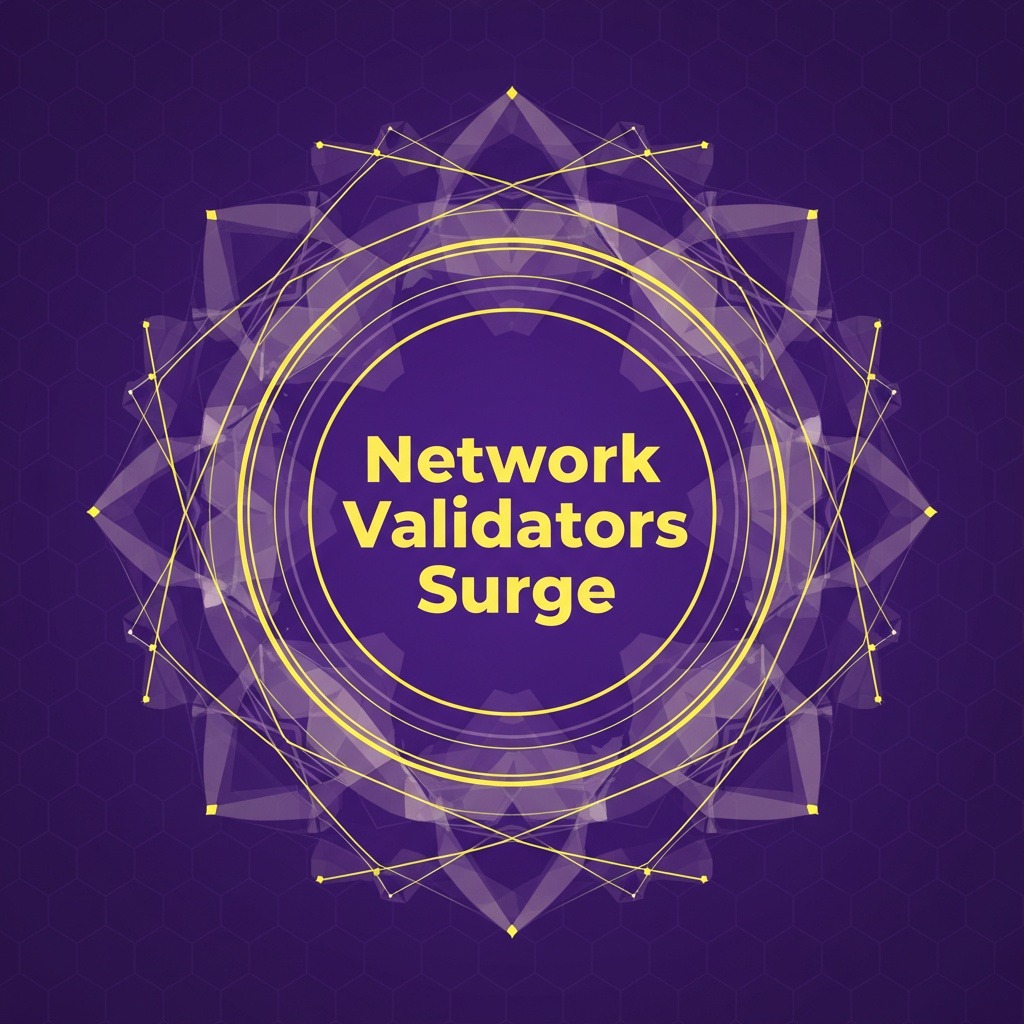Copper Research has reported a remarkable increase in activity on the Canton Network, a blockchain ecosystem specifically designed for regulated financial transactions. Notably, the network’s validator roster has expanded to include several prominent U.S. cryptocurrency exchanges, alongside traditional banks and financial infrastructure firms.
In the year following its launch, the Canton Network has achieved unprecedented growth, outpacing other institutional blockchains. This success can be attributed to significant backing from financial giants such as Goldman Sachs, HSBC, and Broadridge, according to a report published on Wednesday by the crypto custody firm.
Broadridge, noted for its extensive financial services, processes over $5.9 trillion in tokenized U.S. Treasury repos monthly on the Canton Network, underscoring the platform’s robust capacity for handling large-scale financial transactions.
Some of the biggest players in the crypto exchange market, including Binance U.S., Crypto.com, and Gemini, have recently joined the network as validators. Meanwhile, Kraken has indicated a potential interest in listing Canton’s native token. Although no exchange has formalized its plans at this time, the report from Copper Research highlighted that such a development would mark a significant milestone for a permissioned blockchain supported by major financial institutions.
As of the close of September, the Canton Network has been experiencing a spike in usage, recording over 500,000 transactions per day. This impressive figure surpasses the combined transaction volumes of USDC and USDT during the same timeframe and is nearing the activity levels seen on the Ethereum blockchain. Importantly, the analysts from Copper Research emphasize that this surge is driven by actual institutional applications, rather than mere trial runs.
One of the defining features of the Canton Network is its capacity to operate under a regulatory framework while maintaining a focus on privacy and interoperability. These qualities make it particularly appealing for shared institutional platforms. For instance, Versana, which has received backing from JPMorgan and Wells Fargo, now helps seven global banks share data related to syndicated loans. Additionally, Goldman Sachs’ DAP has facilitated the issuance of tokenized bonds, further showcasing the network’s real-world applications.
Copper Research further emphasizes that this strong institutional adoption is what distinguishes the Canton Network from its competitors. The collaboration between major financial entities and the burgeoning use of the platform suggest a promising future for Canton as it positions itself within the rapidly evolving landscape of regulated finance.
In conclusion, the rise of the Canton Network illustrates the increasing integration of blockchain technology within traditional finance, driven by the participation of established financial institutions and a surge in real-time transactional activity. As the platform continues to evolve, it may pave the way for further innovations in the sector, potentially transforming how institutions manage financial operations.



